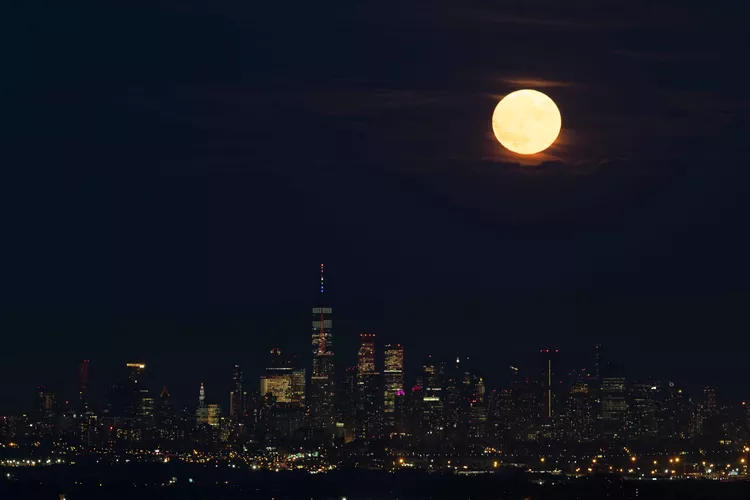Summary of July’s Astronomical Events
For those craving a summer night of stargazing, July has several astronomical events in store. Travelers can enjoy planet sightings, a meteor shower, and 2023’s first full supermoon — not to mention one of the year’s best chances to catch dwarf planet Pluto.
If you’re heading to far-north locales like Iceland or Alaska, it’s a perfect time to enjoy around-the-clock daylight from the midnight sun. Conversely, travelers in the southern hemisphere will experience decreased daylight hours, making this month an ideal period to chase aurora australis, also known as the southern lights.
Ready to skywatch? Bookmark these astro events to fully embrace July’s stargazing opportunities.
July 2-3: Supermoon
After months of anticipation, 2023 will finally showcase its first full supermoon this month. While the moon will technically reach its brightest the morning of July 3, Forbes notes that the most dramatic viewing actually occurs along the eastern horizon just after sunset on July 2. Supermoons appear when the lunar orb is closer to our planet than usual. In this instance, it will be 224,895 miles away from Earth compared to the average distance of 238,900 miles, according to EarthSky. This month’s sighting, dubbed the Buck Moon, ranks as the second brightest supermoon after the one in late August, per the Old Farmer’s Almanac.
July 6-7: The Moon and Saturn
On the night of Thursday, July 6, astro-tourists can admire both the waning gibbous moon and Saturn within one binocular frame. SkySafari affirms that the two will appear a few finger widths apart in the night sky, with the ringed planet shining as a yellow dot above the moon. They will rise over the southeastern horizon on July 6, lingering together in the southern sky as dawn approaches on July 7.
July 22: Pluto reaches opposition
For an intriguing glimpse of Pluto — a dwarf planet approximately half the width of the U.S., according to NASA — direct your telescope to the night sky between July 21 and July 22. Pluto will be at its brightest, as it reaches opposition relative to the sun. However, due to its small size and distance from Earth, it may resemble a faint star, as noted by In-the-Sky.org. Locate Pluto in the Capricornus constellation; consider utilizing an app like SkySafari if you’re having difficulty finding it.
July 29-30: Delta Aquarids Meteor Shower
Experience up to 20 meteors per hour during the Delta Aquarids meteor shower, which lasts from July 12 to August 23, peaking the night of July 29 into July 30. Regrettably, this year’s display will be somewhat muted, as a fuller moon may obscure many meteors. Nonetheless, in a dark-sky location, such as a national park, you could still catch several shooting stars. These meteors originate from the Marsden and Kracht comets, according to SeaSky.org.




